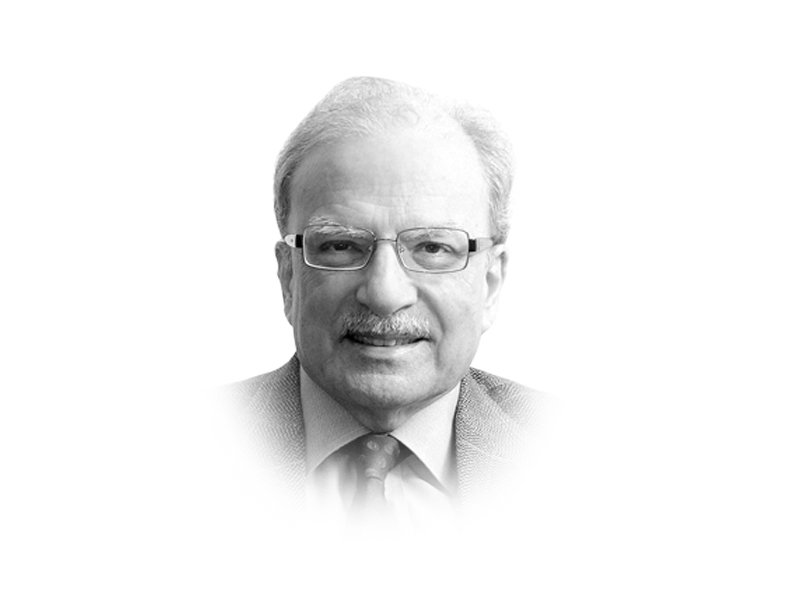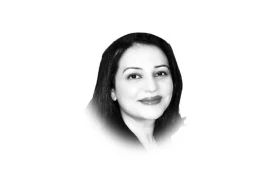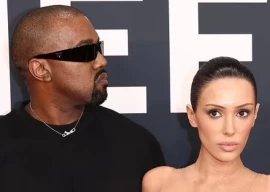
This clash is not between two civilisations but between two country interests. In this context, we should recall the lines of thinking advanced by two American scholars in the 1990s — one a political scientist, and the other a sociologist. Samuel Huntington, the political scientist, in his celebrated work, The Clash of Civilizations, thought that it was inevitable that the world of Islam will clash with the West. These were two cultures that followed two very different worldviews that could not and perhaps would not coexist. Globalisation had reduced the distance between the two systems not in the physical sense but in the sense of interaction between them.
The sociologist, Francis Fukuyama, who had worked with Huntington, came up with a different hypothesis in his equally celebrated work, The End of History. According to him with the demise of European Communism and the collapse of the Soviet Union, Western liberal democracy had prevailed. In the former the individual was supreme, able to pursue his or her interests within the context of a broadly-defined code of context. The code in most cases took the form of a Constitution which was the product not of divine will but of agreement among the citizens of a particular entity.
Both interpretations of the likely state of world affairs did not turn out to be entirely correct. In the post-Cold War situation, there were numerous clashes around the globe but they were not between civilisations but between narrow national interests. In so far as western liberalism was concerned, it too was not fully developed. This was demonstrated by the way the impeachment of Donald Trump, America’s 45th president, unfolded and the way his trial was conducted in the United States Senate. In a 46-page trial memorandum, the House impeachment managers asserted that, beginning in the spring of 2019, President Trump undertook a corrupt campaign to enlist a foreign government to help him win the 2020 election. He then attempted to conceal those actions from Congress, posing “a serious danger to the constitutional checks and balances”. The American constitutional system had not worked. “President Trump’s conduct is the framers’ worst nightmare,” wrote the seven Democratic managers, led by Representative Adam B Schiff of California.
Where political, social, and economic modernisation has come to the Muslim world, it has arrived from three different sources. I define the Muslim world as the stretch of land from Morocco in the West to the southern part of the Philippines in East. There are fifty-plus countries in this part of the world but there are some that do not have Muslim majorities. India, for instance, has the world’s third largest Muslim population after Indonesia and Pakistan. Its 170 million Muslims make up about 15 per cent of the country’s 1.3 billion people.
By political modernisation I mean structures of governance in which the citizenry participates in defining the way it is governed. Through rules of conduct, the discretion available to those who hold the reins of power is strictly limited. These rules are generally codified in constitutions. Social modernisation implies that there are few obstacles to the movement of people from one place to another, from one occupation to another, to be relatively free to participate in community affairs. Economic modernisation means reasonable equality of income and wealth, access to education and jobs.
The three sources that have brought some modernisation to parts of the Muslim world are pressures from bottom to the top; interest in bringing about change by benevolent leaders and or elites; or from the traditions left by some colonial powers. Islam could have been a source as it was in its early days but in more recent times it has been interpreted in highly restrictive and conservative ways. For instance, the Kingdom of Saudi Arabia follows Islam in defining governance as did the Taliban when they briefly ruled over Afghanistan — from 1996 to 2001.
There are several examples of the three sources of modernisation. Pakistan, for instance, had learnt western liberalism from the colonial rule. Over time the British rulers of colonial India introduced participatory form of government not at the federal level but in the provinces. Starting in the early 1930s, they began to hold elections in the provinces and elected leaders were inducted into the provincial governments. While a fair amount of executive authority remained with the appointed governors, some power devolved to the elected cabinets. While India built up a sturdy system of government based on the British system, Pakistan wavered. For a total of thirty years, the government in Pakistan was under the control of military rulers. When elected rulers were in power, they mostly disregarded the norms of participatory democracy. It has been since 2008 only when the fourth military leader in the country’s history was forced out of office that Pakistan began to move towards a participatory system of governance.
The bottom-to-top system of political modernisation has mostly failed in the Muslim world. It was tried by those who staged the Arab Spring in 2011 in which tens of thousands of disgruntled youths took to the streets or public squares and demanded changes in the way they were governed. They scored a number of immediate successes when some long-serving authoritarian rulers were forced out of office in Tunisia, Egypt and Yemen. But it was only in Tunisia that there was a real change in governance with the emergence of a democratic order. However, in Egypt the military came back to power, wielding even greater authority than it had done under General Hosni Mubarak. His successor removed the elected President, Mohammad Morsi of the Muslim Brotherhood, and put him in jail where he died. The removal of the president in Yemen led to a civil war which continues to this day while in Syria President Bashar al-Assad was able to stay in power by a combination of the use of ruthless force and foreign help. The Arab Spring continues to surface off and on and has succeeded in bringing some positive change in Algeria and Sudan. The bottom-up approach for bringing about modernisation in the Muslim world has been generally costly and extremely disruptive.
It will require a great deal of effort to bring about modernisation in the Muslim world. Foremost will be the need to form an understanding between different segments of society — between those who rule and those they govern; between the rich and the poor; and between the different sects of Islam.
Published in The Express Tribune, January 27th, 2020.
Like Opinion & Editorial on Facebook, follow @ETOpEd on Twitter to receive all updates on all our daily pieces.


















COMMENTS
Comments are moderated and generally will be posted if they are on-topic and not abusive.
For more information, please see our Comments FAQ